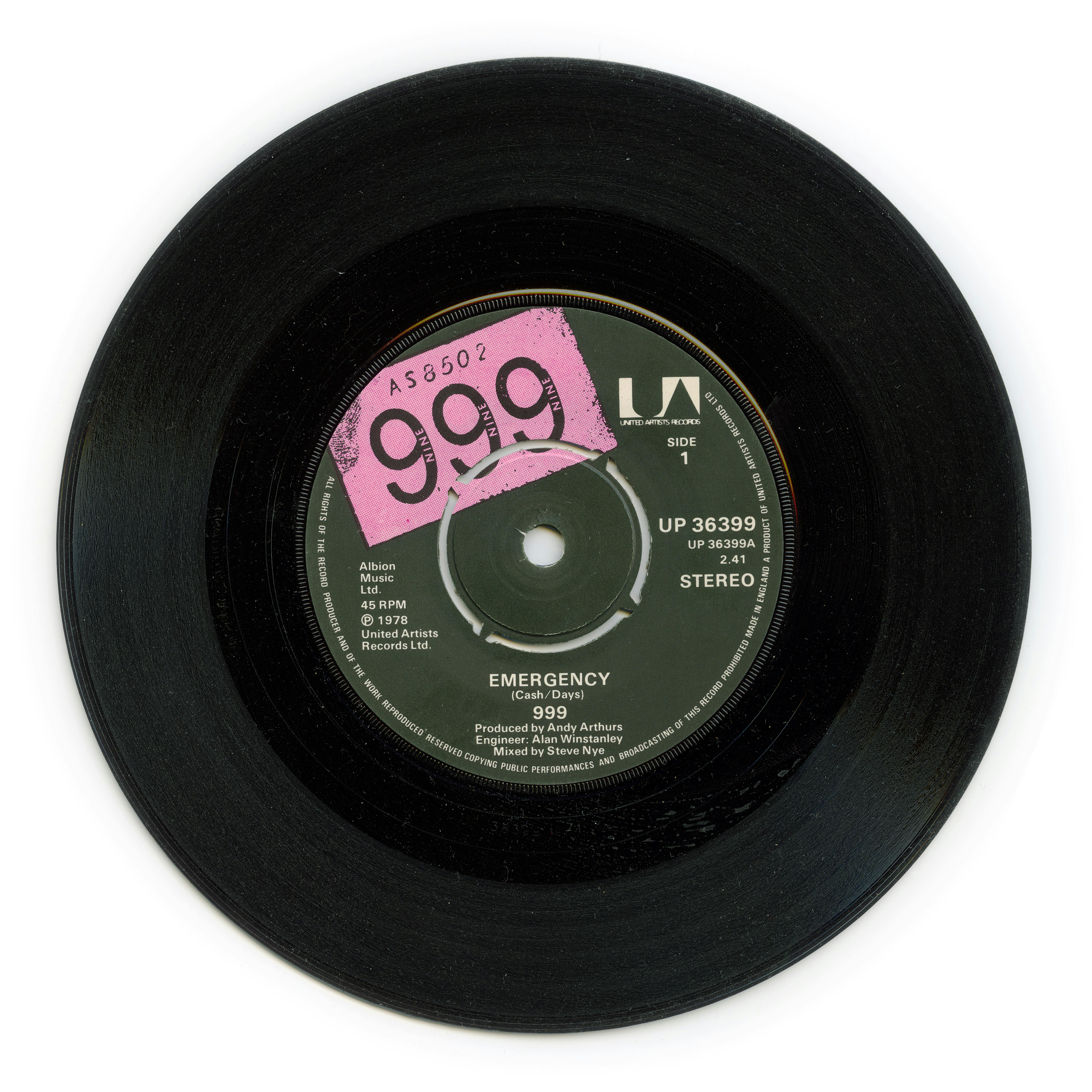Looking to take your sound quality to the next level? If so, then you’ve come to the right place. In this article, we’ll be diving into the world of shock mounts and how they can significantly improve your audio recordings. Whether you’re a budding podcaster, musician, or voiceover artist, understanding how to use shock mounts correctly can make a world of difference in the clarity and professionalism of your sound. So grab your favorite microphone and get ready to learn how to enhance your audio with the help of these nifty devices.
Choosing the Right Shock Mounts
When it comes to choosing the right shock mounts for your microphone setup, there are several factors to consider. Here are a few things to keep in mind:
Consider the Microphone Type
The first step in choosing the right shock mount is to consider the type of microphone you are using. Different microphones have different shapes and sizes, and not all shock mounts are compatible with every microphone. Be sure to check the specifications of your microphone and look for shock mounts that are designed to accommodate your specific microphone type.
Check the Compatibility with the Microphone
In addition to considering the type of microphone, it’s also important to check the compatibility of the shock mount with your microphone. Some shock mounts are designed to fit a wide range of microphones, while others are specifically designed for certain models or brands. Make sure to choose a shock mount that is compatible with your microphone to ensure a proper fit and optimal performance.
Ensure the Shock Mount Fit and Size
Lastly, you’ll want to ensure that the shock mount you choose fits properly with your microphone and microphone stand. Shock mounts come in different sizes and designs, so it’s important to choose one that matches the size and weight of your microphone. Additionally, consider the design of your microphone stand and make sure that the shock mount is compatible and can be securely attached. A proper fit will help ensure that the shock mount effectively isolates your microphone from vibrations and handling noise.
Installing the Shock Mount
Once you’ve chosen the right shock mount for your microphone, it’s time to install it. Here are the steps to properly install a shock mount:
Positioning the Shock Mount
Start by positioning the shock mount on your microphone stand. The shock mount should be placed securely on the stand and positioned at a height that allows for comfortable use and optimal sound capture. Take some time to adjust the height and angle to find the best position for your setup.
Attaching the Shock Mount to the Microphone Stand
Next, attach the shock mount to your microphone stand. Most shock mounts will have a screw or clamp mechanism that allows you to securely attach it to the stand. Make sure to tighten the mechanism enough to provide a secure fit, but be careful not to overtighten and risk damaging the shock mount or the stand.
Adjusting the Shock Mount Suspension
Once the shock mount is attached to the stand, you’ll want to adjust the suspension mechanism. This is the part of the shock mount that holds the microphone and provides the isolation from vibrations. Adjust the suspension to ensure that the microphone is held securely in place and that the shock mount effectively absorbs any vibrations or handling noise. Take some time to test and adjust the suspension to find the right balance between stability and flexibility.

Reducing Vibrations and Handling Noise
One of the main purposes of using a shock mount is to reduce vibrations and handling noise that can affect the sound quality of your recordings. In addition to using a shock mount, here are a few other measures you can take to further reduce vibrations and handling noise:
Using a Pop Filter in Conjunction with the Shock Mount
A pop filter is a screen or shield that is placed in front of the microphone to reduce plosive sounds and excess breath noise. When used in conjunction with a shock mount, a pop filter can help further reduce vibrations and unwanted noises, resulting in cleaner and clearer recordings.
Keeping the Microphone Stand Stable
Another important aspect of reducing vibrations and handling noise is to ensure that your microphone stand is stable. Make sure that the stand is securely positioned and that any joints or moving parts are tightened. If necessary, consider using a weighted base or sandbag to add stability to the stand and minimize any movement or vibrations.
Using a Boom Arm or Suspension Mount
If you find that your shock mount is still not providing enough isolation from vibrations and handling noise, you may want to consider using a boom arm or suspension mount. These devices can further isolate the microphone from external vibrations and provide more flexibility in positioning the microphone. A boom arm or suspension mount can be especially useful in situations where the microphone stand is in a location prone to movement or vibrations, such as a busy recording studio or a live performance stage.
Maintaining Proper Shock Mount Functionality
To ensure optimal performance and longevity of your shock mount, it’s important to maintain proper functionality. Here are a few maintenance tips to keep in mind:
Regularly Inspecting the Shock Mount
Regularly inspect your shock mount for any signs of wear or damage. Check for any loose or broken parts, frayed cables, or signs of instability. If you notice any issues, it’s important to address them as soon as possible to prevent further damage and ensure proper functionality.
Cleaning and Dusting the Shock Mount
Keeping your shock mount clean and free from dust and debris is important for maintaining its performance. Regularly clean the shock mount using a soft cloth or brush to remove any dust or dirt that may have accumulated. Be sure to follow any specific cleaning instructions provided by the manufacturer.
Replacing the Shock Mount if Damaged
If your shock mount becomes damaged or starts to show signs of wear that cannot be repaired, it may be necessary to replace it. Using a damaged shock mount can compromise its effectiveness in isolating vibrations and can potentially damage your microphone. If you notice any significant damage or if the shock mount is no longer securely holding your microphone, it’s best to replace it with a new one.

Utilizing Additional Soundproofing Measures
While shock mounts are an effective tool for reducing vibrations and handling noise, there are additional measures you can take to further improve sound quality and minimize unwanted noises. Here are a few soundproofing measures to consider:
Using Acoustic Treatment in the Recording Space
Acoustic treatment involves using materials such as foam panels, bass traps, and diffusers to control sound reflections and reduce echoes in a recording space. By treating your recording space with acoustic panels and absorbers, you can reduce unwanted reverb and improve the overall clarity of your recordings. This can be especially useful for home studios or rooms with poor acoustic properties.
Using a Reflection Filter or Vocal Booth
A reflection filter, also known as a portable vocal booth, is a device that surrounds the microphone to limit reflections and ambient noise. It acts as a mini sound booth, providing a controlled recording environment that helps capture cleaner and more focused audio. Reflection filters are particularly useful in situations where you are recording in a less-than-ideal acoustic environment.
Adjusting Mic Placement for Optimal Results
The placement of your microphone can also play a role in achieving optimal sound quality. Experiment with different mic placements to find the sweet spot that captures the sound you desire while minimizing background noise and reflections. In some cases, simply adjusting the position of the microphone can make a significant difference in the overall sound quality of your recordings.
Dealing with Common Issues and Troubleshooting
Even with the proper use of shock mounts and soundproofing measures, you may still encounter some common issues. Here are a few tips for addressing and troubleshooting these issues:
Addressing Popping Sounds
If you notice popping sounds or excessive plosives in your recordings, consider using a pop filter or adjusting the placement of the microphone. Plosives are the harsh sounds that occur when certain consonants, like ‘p’ or ‘b,’ are pronounced into the microphone. A pop filter helps to diffuse these sounds, resulting in cleaner and more natural recordings.
Preventing Mechanical Noise
Mechanical noise can occur when the microphone stand or shock mount is not securely fastened, causing movement or vibrations. Ensure that all parts of your setup are tightened and securely connected to minimize any mechanical noise. Additionally, be mindful of any external sources of vibration, such as footsteps or noisy equipment, and take steps to reduce their impact on your recordings.
Troubleshooting Mounting Problems
If you’re experiencing issues with mounting the shock mount to your microphone stand, double-check the compatibility between the two. Look for any compatibility issues or mismatched sizes. If the compatibility checks out, try adjusting the angle or position of the shock mount to find a more secure fit. If the problem persists, consider consulting the manufacturer’s instructions or seeking assistance from a professional.

Enhancing Sound Quality with Shock Mounts
By properly using shock mounts in your microphone setup, you can significantly enhance the sound quality of your recordings. Here are a few ways in which shock mounts can improve your audio:
Reducing External Noise and Disturbances
Shock mounts effectively isolate your microphone from external vibrations and handling noise, allowing for cleaner and clearer audio capture. By reducing the impact of external disturbances, such as footsteps, desk vibrations, or vocal handling, your recordings will have less unwanted noise and distractions.
Minimizing Vibrations and Rumble
One of the primary functions of shock mounts is to absorb vibrations and prevent them from reaching the microphone. Vibrations can create unwanted rumble or low-frequency noise in your recordings, which can be particularly noticeable during quiet passages or when using sensitive microphones. With a shock mount, you can effectively minimize these vibrations and achieve a cleaner and more professional sound.
Improving Clarity and Articulation
By reducing vibrations and handling noise, shock mounts help to improve the clarity and articulation of your recordings. Your voice or instrument will come through more clearly and accurately, allowing for better detail and nuance in your performances. This increased clarity and articulation can make a significant difference, particularly in professional recordings or broadcasts.
Understanding Shock Mount Maintenance
To ensure the longevity and optimal performance of your shock mount, it’s essential to understand how to properly maintain it. Here are a few maintenance tips to keep in mind:
Cleaning the Shock Mount Regularly
Regularly cleaning your shock mount is important for maintaining its functionality and preventing the buildup of dirt and debris. Follow the manufacturer’s instructions for cleaning, as different shock mounts may have specific cleaning requirements. Use a soft cloth or brush to remove any dust or dirt from the shock mount, ensuring that all components are free from obstruction.
Storing the Shock Mount Properly
When not in use, it’s important to store your shock mount properly to protect it from damage and ensure its longevity. Keep it in a secure and dry location, away from extreme temperatures or moisture. If possible, store it in a protective case or bag to minimize the risk of accidental bumps or scratches.
Checking for Wear and Tear
Regularly inspect your shock mount for any signs of wear and tear, such as frayed cables, loose parts, or instability. If you notice any significant damage or if the shock mount is no longer providing the necessary isolation, it may be time to replace it. Regular maintenance and checking for wear and tear will help ensure that your shock mount continues to function optimally and reliably.

Optimizing Shock Mount Performance for Different Applications
Shock mounts can be utilized across a variety of recording applications, each with its own unique requirements and challenges. Here are a few tips for optimizing shock mount performance in different scenarios:
Using Shock Mounts for Studio Recordings
In a studio environment, shock mounts are essential for capturing clean and professional audio. Make sure to choose a shock mount that is specifically designed for studio use and can effectively isolate your microphone from any environmental vibrations. Consider other soundproofing measures, such as acoustic treatment and reflection filters, to further enhance the sound quality in your studio recordings.
Using Shock Mounts for Podcasting or Broadcasting
Podcasting and broadcasting often involve recording in less-than-ideal environments, such as home offices or on-location settings. In these scenarios, shock mounts can help minimize vibrations and handling noise that would otherwise be picked up by the microphone. Additionally, consider using a pop filter and adjusting the mic placement to further optimize sound quality for your specific voice and recording environment.
Using Shock Mounts for Live Performances
Live performances present unique challenges when it comes to sound isolation. In addition to using a shock mount, consider using a boom arm or suspension mount to further isolate the microphone from vibrations on stage. Make sure to choose a shock mount that can withstand the demands of live performances, such as frequent setup and teardown, and provide reliable performance even in high-energy situations.
Conclusion
A shock mount is an essential tool for any microphone setup, whether it’s for studio recordings, podcasting, broadcasting, or live performances. By properly choosing, installing, and maintaining a shock mount, you can significantly enhance the sound quality of your recordings, minimize unwanted vibrations and noise, and achieve professional-level audio results. Remember to consider the microphone type, check compatibility, ensure a proper fit, and utilize additional soundproofing measures for optimal performance. With the right shock mount and a little care and attention, you can take your recordings to the next level and create audio that captivates your audience.
